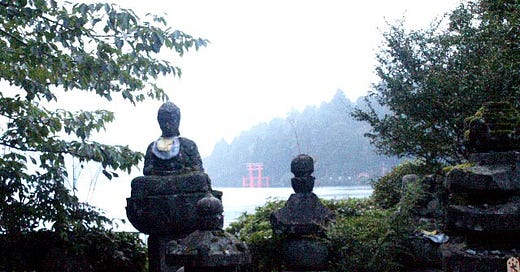Ep. 012: On the Banks of the River of Souls
September 14, 2001, had been one of the most daunting days of my 320-mile trip down Japan's Old Tokaido Highway, completed 400 years earlier to link the Shogun's government in Edo (Tokyo) to the Emperor in Kyoto. Tough walk, and a sad, creepy ending.




